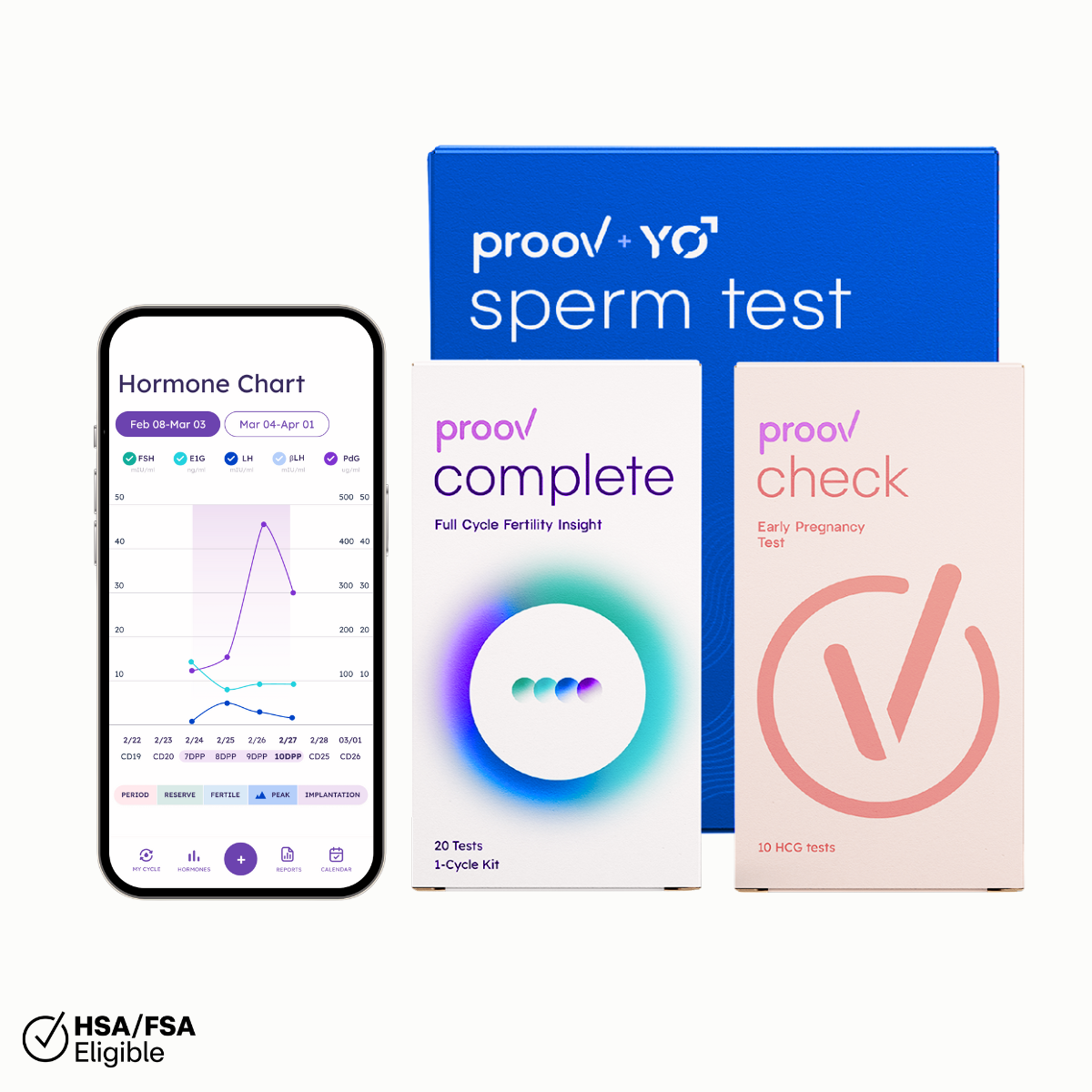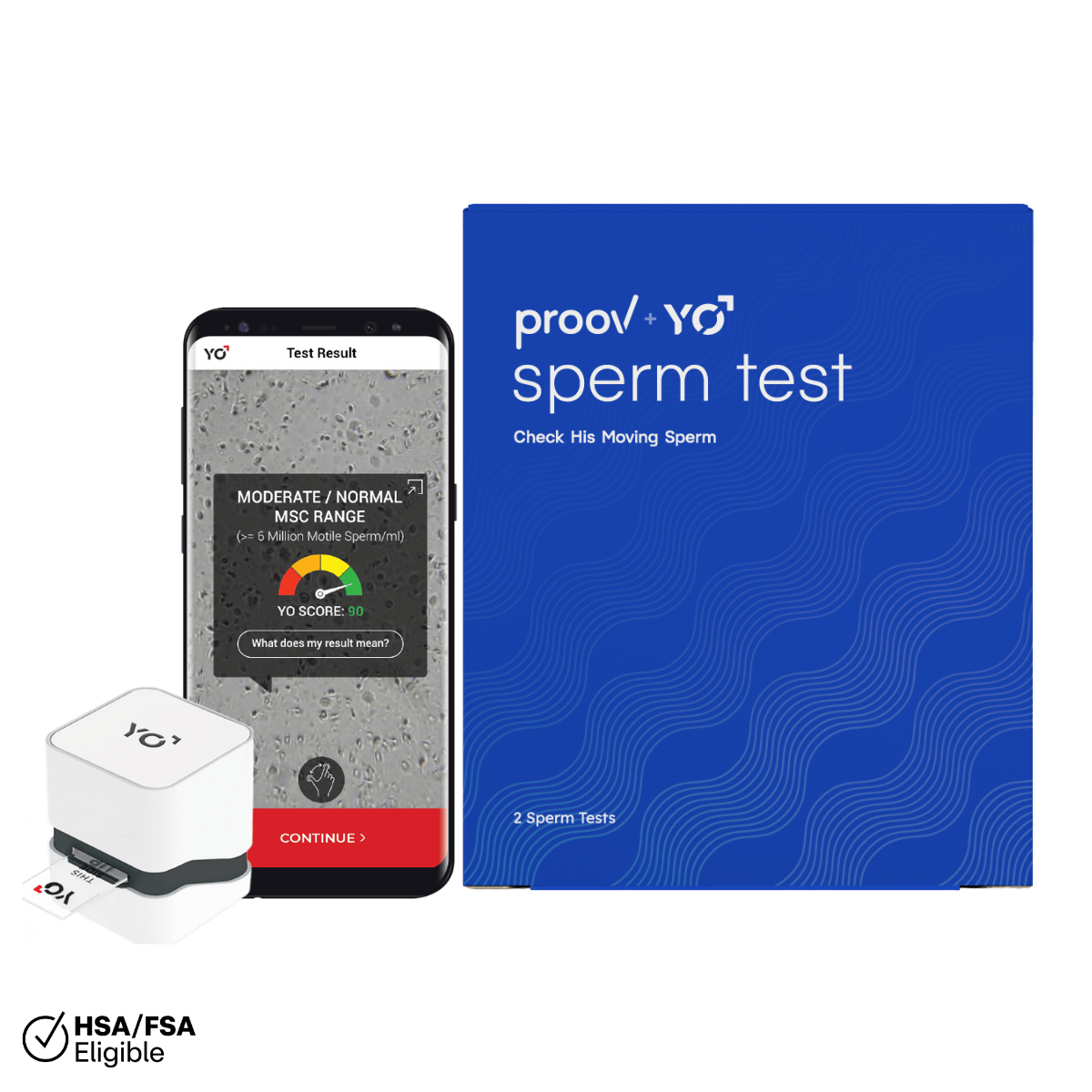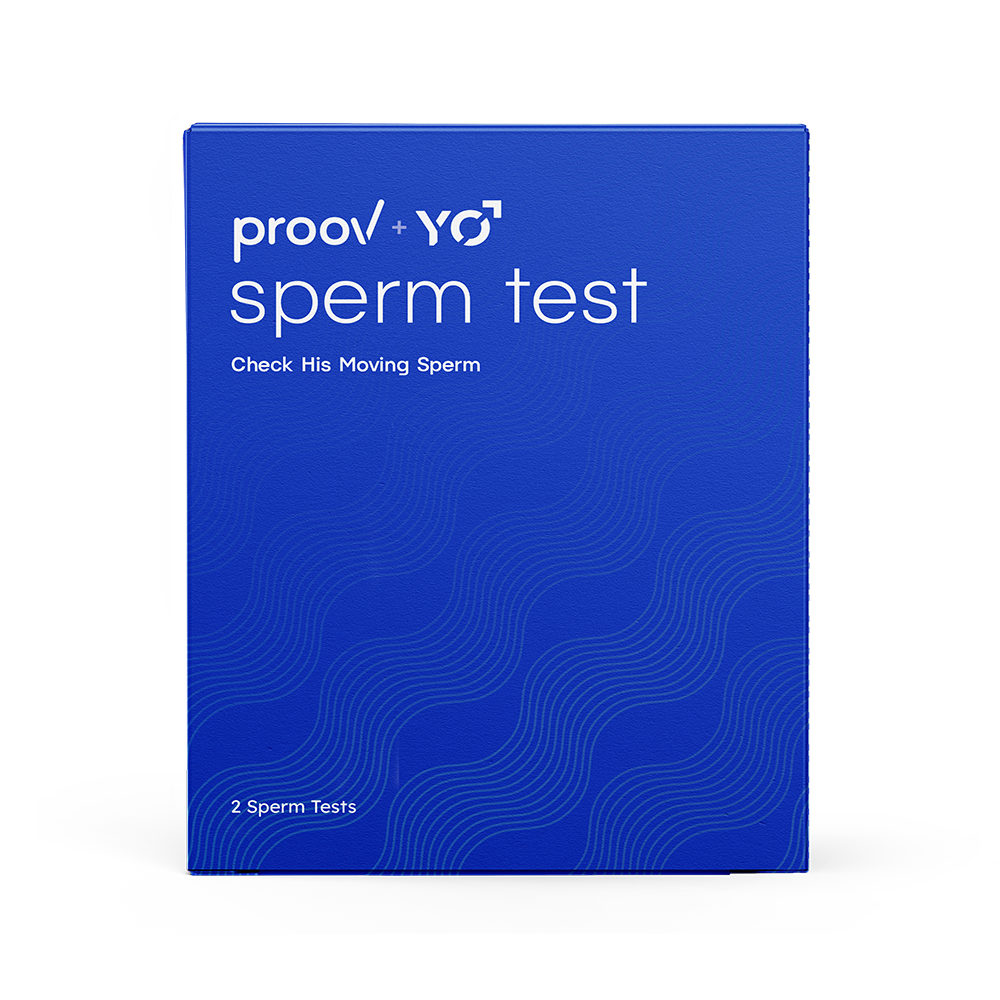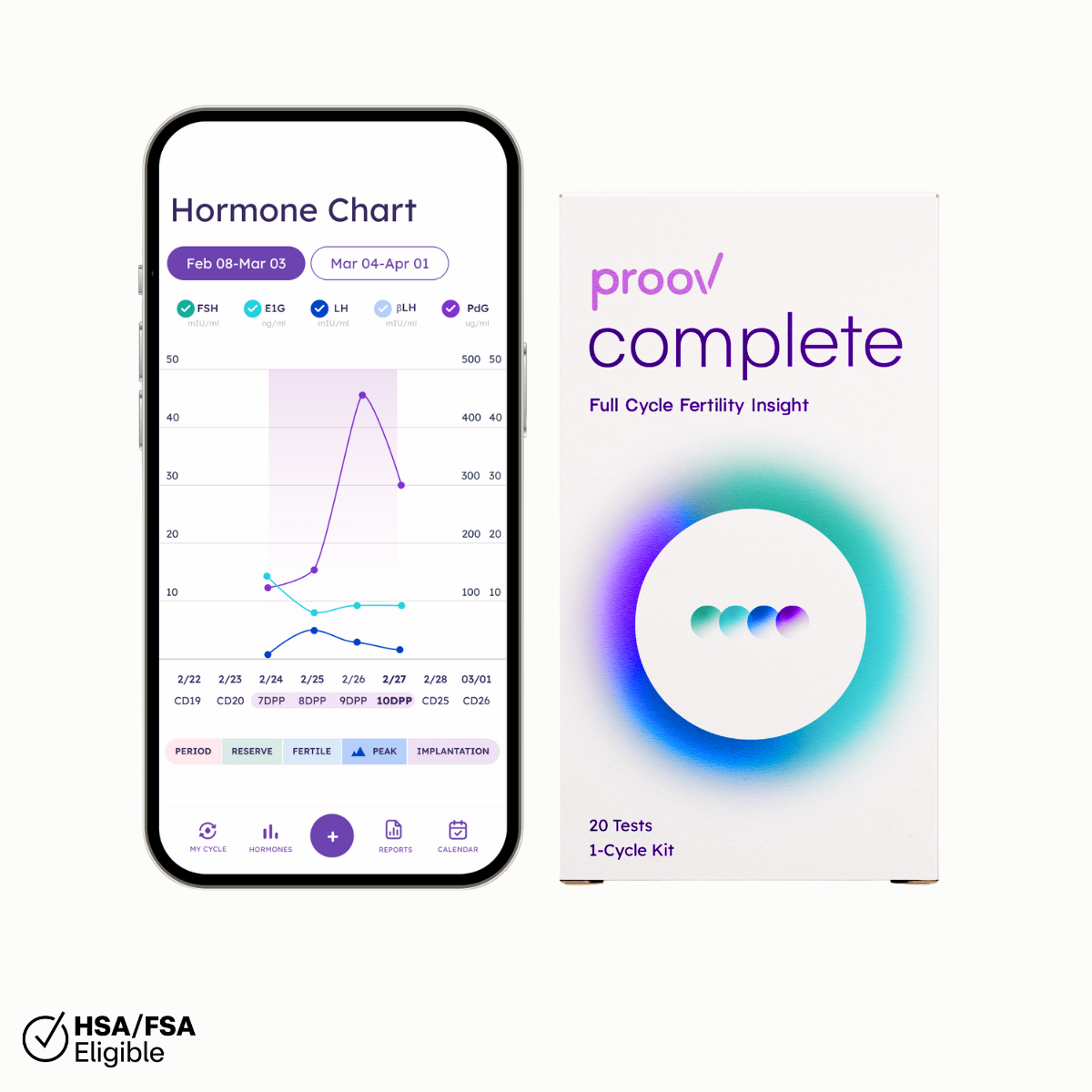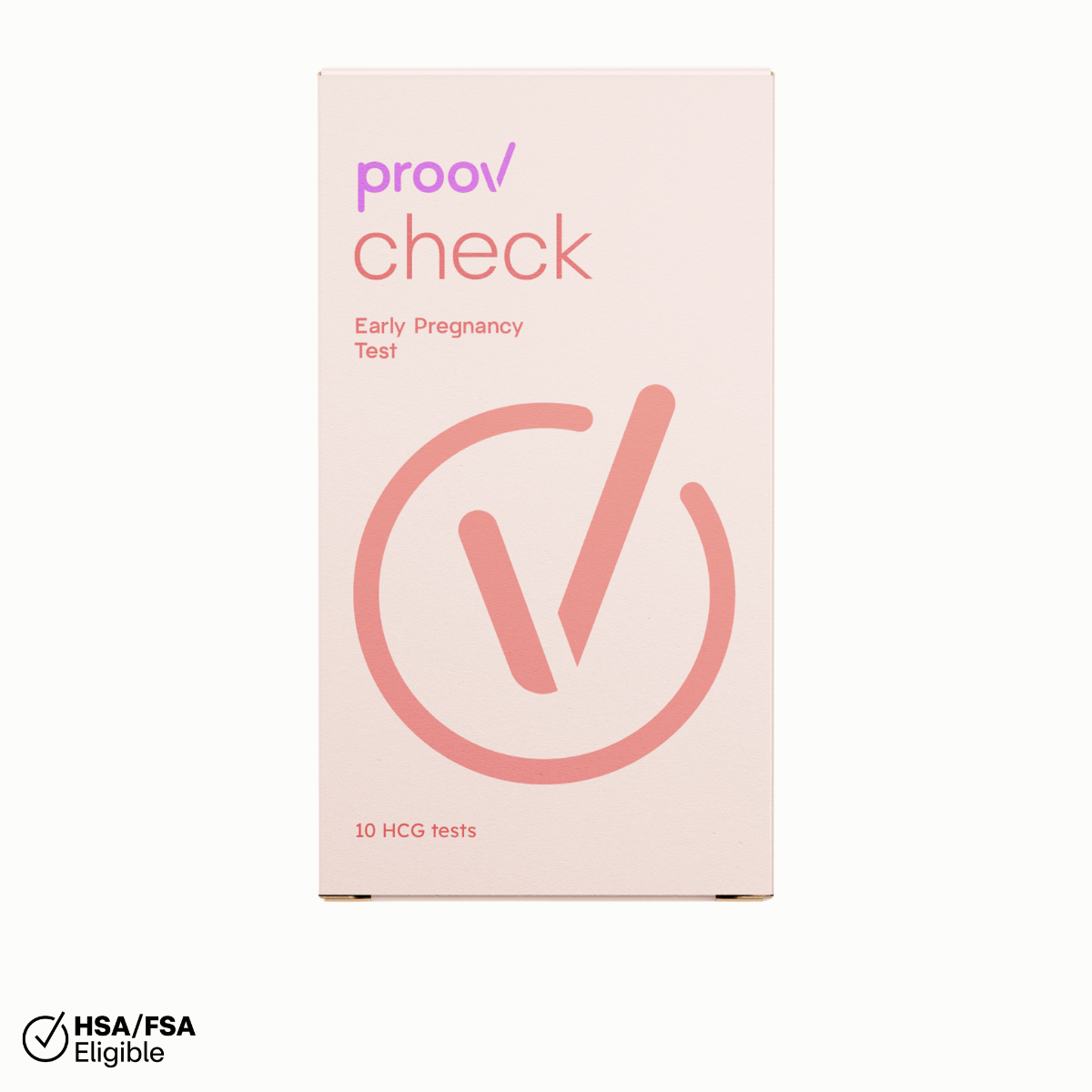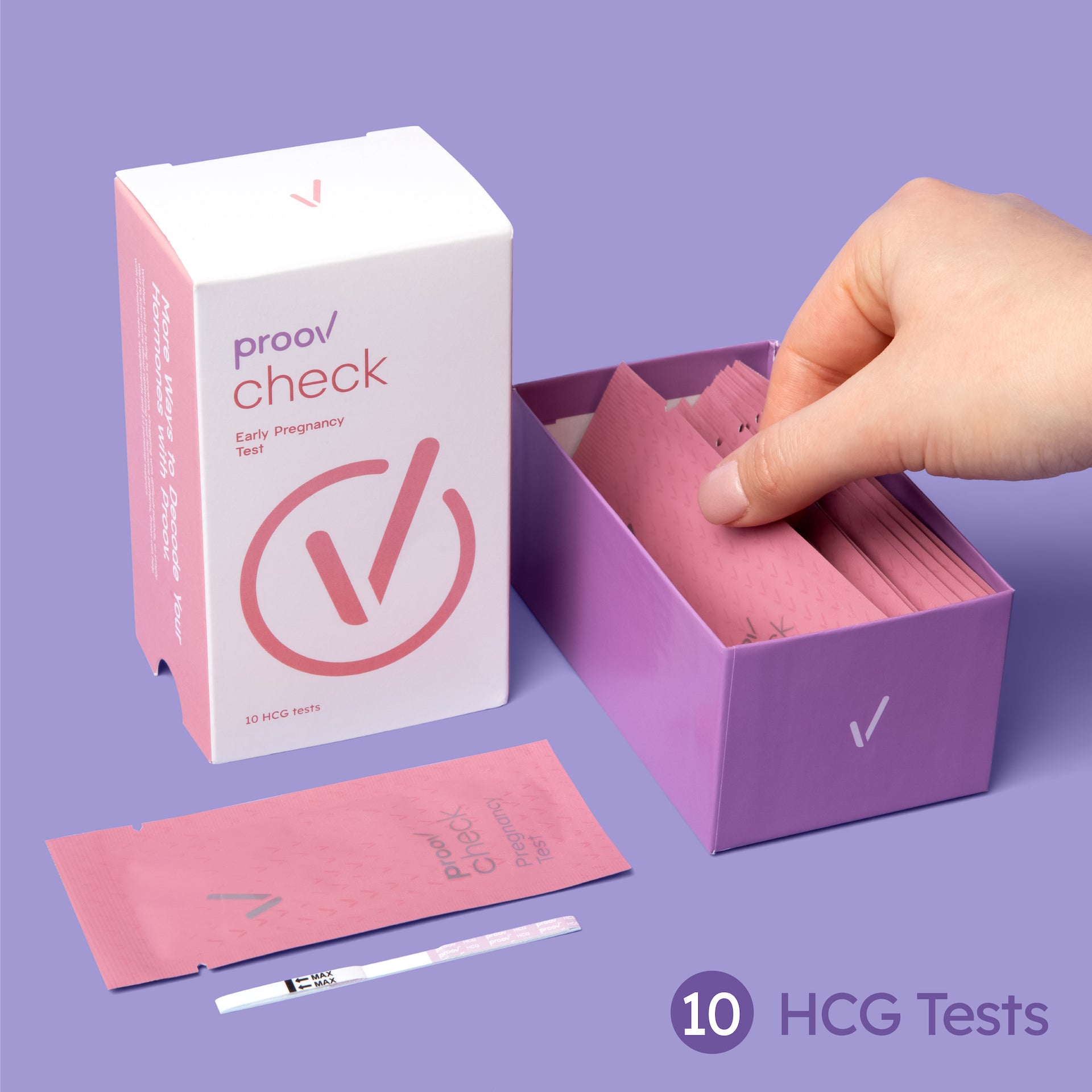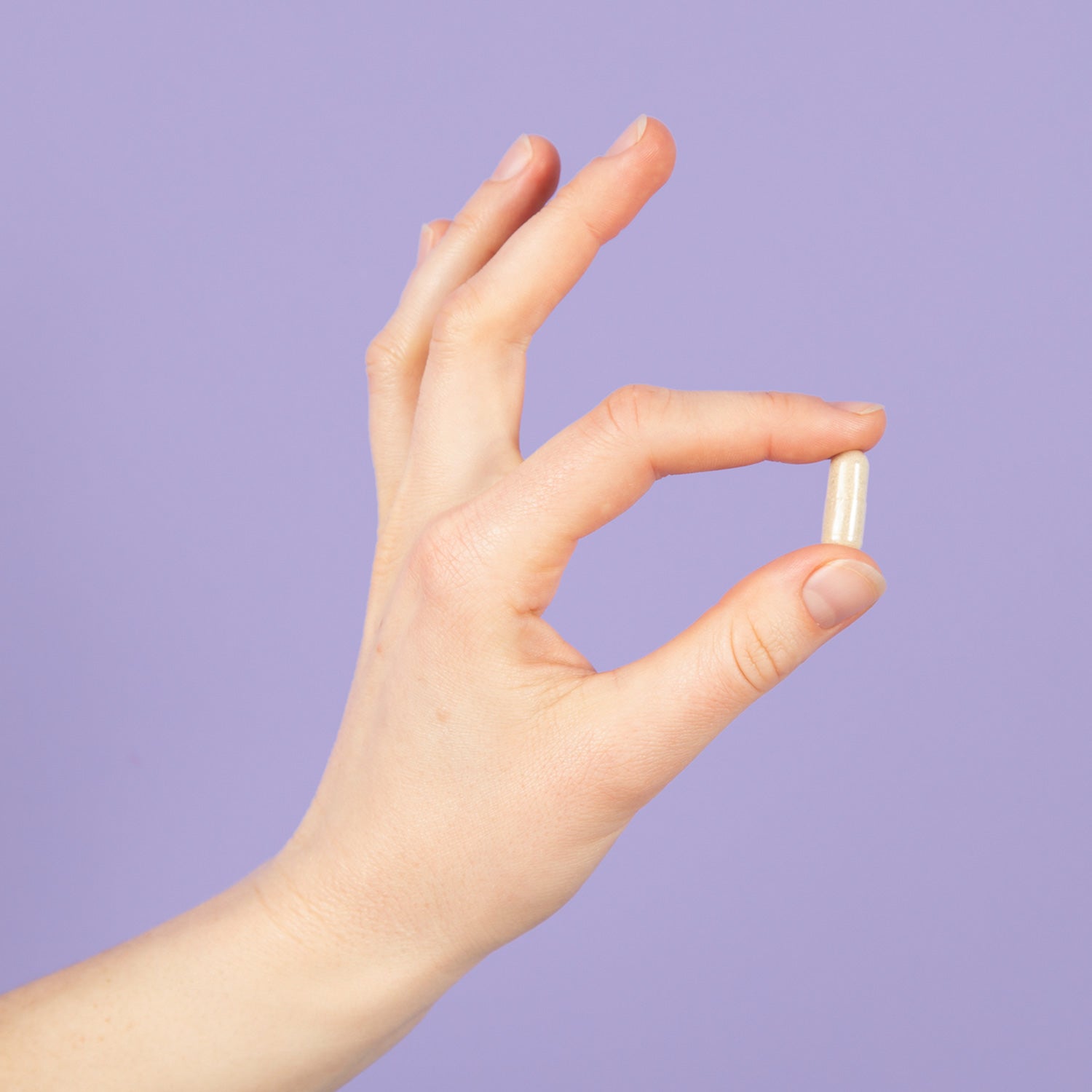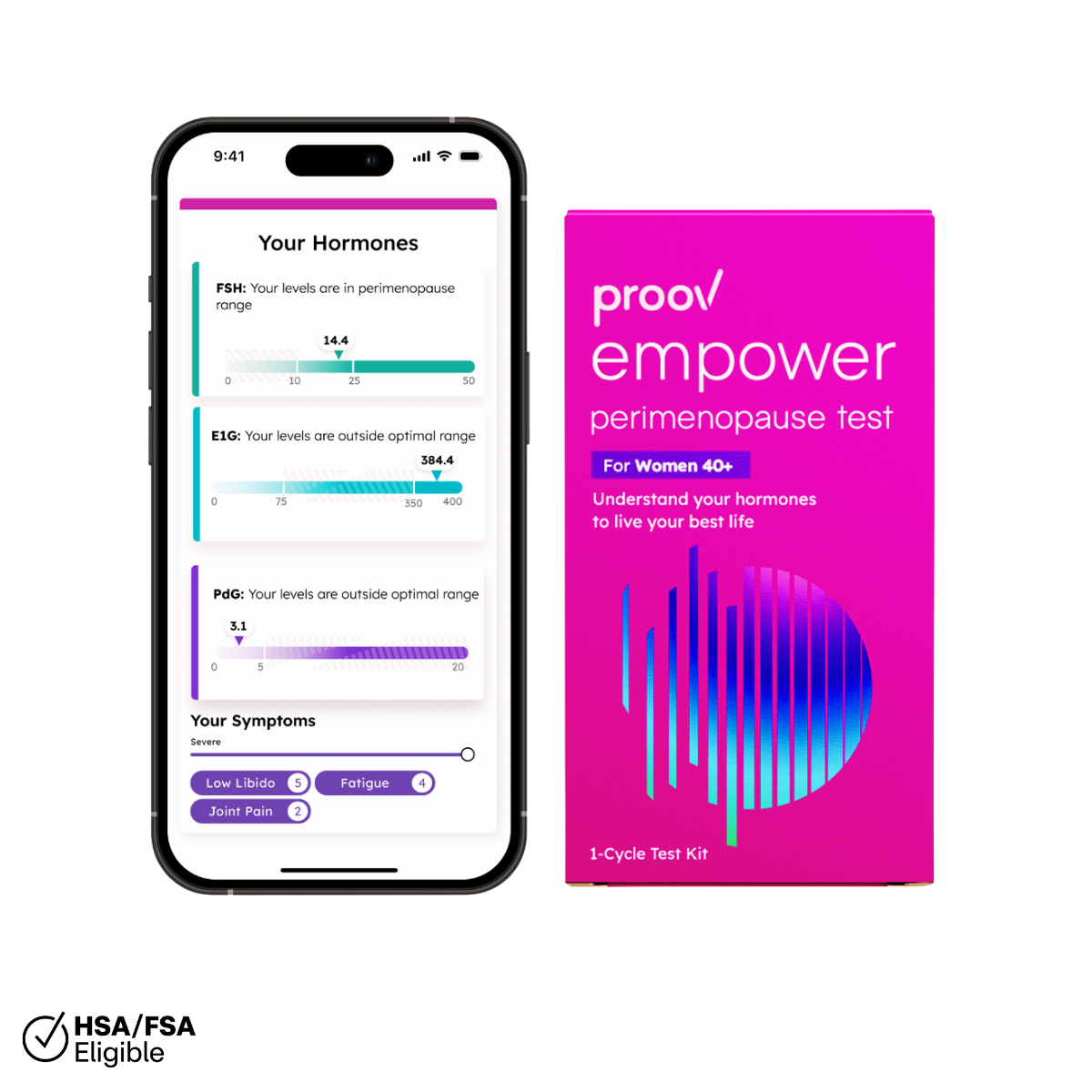Starting Your Natural Conception Journey
So you've decided to pull the goalie and build your family—congrats! This is such an exciting time. While thrilling, it can also be scary. What if you're one of the 20% of couples that can't conceive easily? What if you need fertility treatments? When do you stop trying naturally and seek help from a doctor? And if you do need treatments, how will you afford them (average of $68,000 per live birth)?
This comprehensive guide will help you understand ovulation tracking. If your goal is to conceive naturally without IVF, you're in the right place. Bookmark this page—it contains detailed scientific information you'll want to reference throughout your fertility journey.
If you're like me, you went through 13+ years of education with maybe 30 minutes learning about your menstrual cycle and fertility. Cycle tracking can feel new and confusing. This guide breaks it down to help you understand your cycle and maximize your chances of conception.
What Is the Ovulation Cycle?
Ovulation is a process that takes on average 28 days but can range from 21 days to 42 days. Understanding this cycle is crucial for natural conception.
The Four Phases of Your Cycle
Phase 1: Menstruation (Day 1) Your menstrual bleed marks day 1 of your ovulation cycle. All hormones are at their lowest levels, and your brain signals your ovaries to start developing a follicle by releasing FSH (follicle-stimulating hormone).
Phase 2: Follicular Phase As your follicle grows, it produces estrogen. Estrogen does two critical things:
-
Thickens the uterine lining (required to support pregnancy)
-
Stimulates fertile cervical mucus (allows sperm to travel to the egg and survive longer while waiting for release)
Phase 3: Ovulation Once the follicle containing the egg is mature, your brain releases LH (luteinizing hormone). LH triggers final maturation and release of the egg.
Phase 4: Luteal Phase After ovulation, progesterone is released. This "pregnancy hormone" makes the uterus sticky and receptive to the fertilized egg. Without adequate progesterone, implantation and pregnancy cannot occur.
Understanding Your Fertility Hormones
FSH (Follicle-Stimulating Hormone)
FSH is released from your brain at the beginning of your cycle. High FSH levels can indicate that you have fewer eggs remaining or that your ovaries aren't functioning optimally.
Ideal FSH Pattern:
-
CD5 (cycle day 5): Less than 10 mIU/ml
-
CD9: Gradually decreases to less than 7 mIU/ml
-
This pattern indicates healthy follicle selection and normal ovarian function
E1G (Estrone-3-Glucuronide)
E1G is the major estrogen metabolite found in urine. It's low at the start of your cycle and increases as you approach ovulation. E1G peaks just before ovulation, dips during ovulation, then rises again afterward. Adequate estrogen is essential for building a uterine lining thick enough to support pregnancy.
LH (Luteinizing Hormone)
LH is released from your brain when the follicle is ready to release the egg. LH consists of two subunits: LH alpha and LH beta. They remain intact in blood but break down into separate subunits in urine.
Why measure both forms? Some LH surges are short and easy to miss. By measuring both intact LH (alpha and beta together) and LH beta alone, you can catch shorter surges and detect LH as soon as it starts increasing—giving you the most accurate ovulation timing.
PDG (Pregnanediol Glucuronide)
PDG is the major progesterone metabolite in urine. It increases after ovulation and should remain elevated for 10+ days to allow for implantation. If levels fall sooner, implantation may be difficult or impossible.
How to Track Your Ovulation: Methods Compared
Understanding Your Fertile Window
Your fertile window is the 5-6 day period when intercourse or insemination can result in conception. Here's how different tracking methods compare:
Method 1: Period Tracking Apps
Examples: Flo, Clue, Period Tracker, Glow
Pros:
-
Free or low-cost
-
Easy to use
-
Good for tracking cycle patterns
Cons:
-
Can be very inaccurate for fertile window prediction
-
Based on averages, not your actual hormones
-
Essentially guessing when ovulation occurs
-
Up to 18% of women ovulate outside the predicted window
Bottom line: Great for period tracking, but unreliable for conception timing.
Method 2: Basic Hormone Tracking (Predict LH Tests)
Cost: As low as $14.99 for 20 tests
What it measures: Intact LH only
Pros:
-
Affordable
-
Widely available
-
Can identify probable ovulation day
-
Shows 1-2 most fertile days
Cons:
-
Up to 18% of women ovulate BEFORE LH appears in urine
-
Doesn't confirm egg was actually released
-
Doesn't measure other critical hormones
-
Misses 3-4 days of your fertile window
-
Cannot confirm optimal conditions for implantation
Bottom line: Better than apps, but still incomplete information.
Method 3: Advanced Hormone Tracking (Proov Super Complete)
Several brands track all major hormones: FSH, E1G, LH, and PDG. This comprehensive approach provides:
-
Full 6-day fertile window (not just 1-2 days)
-
E1G rise signals fertile window opening 3-4 days before LH surge
-
Confirmation that ovulation actually occurred
-
Insight into whether hormone levels support pregnancy
The Most Comprehensive Option: Proov Complete+
Proov Complete+ (Complete + Predict Kits Bundle) tracks 5 hormones (FSH, E1G, intact LH, LH beta, and PDG) throughout your cycle for maximum insight into your fertility.
What Proov Measures
1. Ovarian Function Proov measures baseline hormones and FSH early in your cycle to assess ovarian reserve (eggs remaining) and ovarian function—similar to fertility tests done at clinics.
2. Full 6-Day Fertile Window By tracking E1G, LH, and PDG, Proov detects your complete fertile window:
-
E1G rise opens the window
-
LH surge occurs during the window
-
PDG rise closes the window
Remember: Some women ovulate after LH appears in urine, so you should consider yourself fertile once E1G rises and remain fertile until PDG rises.
3. Implantation Window Tracking About 7-10 days after ovulation, a fertilized egg travels from the fallopian tube to the uterus for implantation. Proov tracks whether E1G and PDG levels are optimal during this critical window.
Proov's Exclusive Progesterone Score: This measures PDG levels 7-10 days post-ovulation. In an ideal cycle, levels should exceed 5 µg/ml all 4 days. Clinical studies show this optimal pattern increases pregnancy chances by 75%. Some LH surges are short so can be hard to catch. By measuring both intact LH (alpha and beta together) and LH beta (LH beta by itself) in urine you can catch shorter LH surges and see LH as soon as it starts to increase, giving you the most accurate way to know when ovulation is nearing
Intact LH is short and beta LH is longer so by measuring both, you are able to catch almost all of the LH surges.
Key Takeaways for Natural Conception
✓ Track hormones, not just your period, for accurate fertile window identification
✓ Your fertile window is 5-6 days, not just 1-2 days around ovulation
✓ Ovulation isn't just about releasing an egg - your hormones must also prepare your body for pregnancy
✓ Progesterone levels 7-10 days post-ovulation are critical for successful implantation
✓ Comprehensive hormone tracking gives you similar and sometimes better
insights as fertility clinic testing, at home
Frequently Asked Questions About Ovulation Tracking
How long should I try before seeing a fertility doctor? Most experts recommend 12 months of trying for women under 35, and 6 months for women over 35 but by doing testing sooner, if you find a problem, you can access medical care sooner.
Can I get pregnant outside my fertile window? No. Sperm can survive up to 5 days, but the egg only survives 12-24 hours after ovulation. This creates the 5-6 day fertile window.
Is LH testing enough for ovulation tracking? LH testing is better than calendar methods, but misses important information about egg release, hormone balance, and implantation conditions.
What if my cycles are irregular? Hormone tracking is especially valuable for irregular cycles, as it tracks what's actually happening rather than predicting based on averages.
Ready to Start Tracking Your Fertility?
Understanding your ovulation cycle and tracking your hormones gives you the knowledge and confidence to optimize your natural conception journey. Whether you choose basic LH testing or comprehensive hormone monitoring, you're taking an important step toward building your family.
Bookmark this guide and refer back as you navigate your fertility journey. Knowledge is power when it comes to conception.



